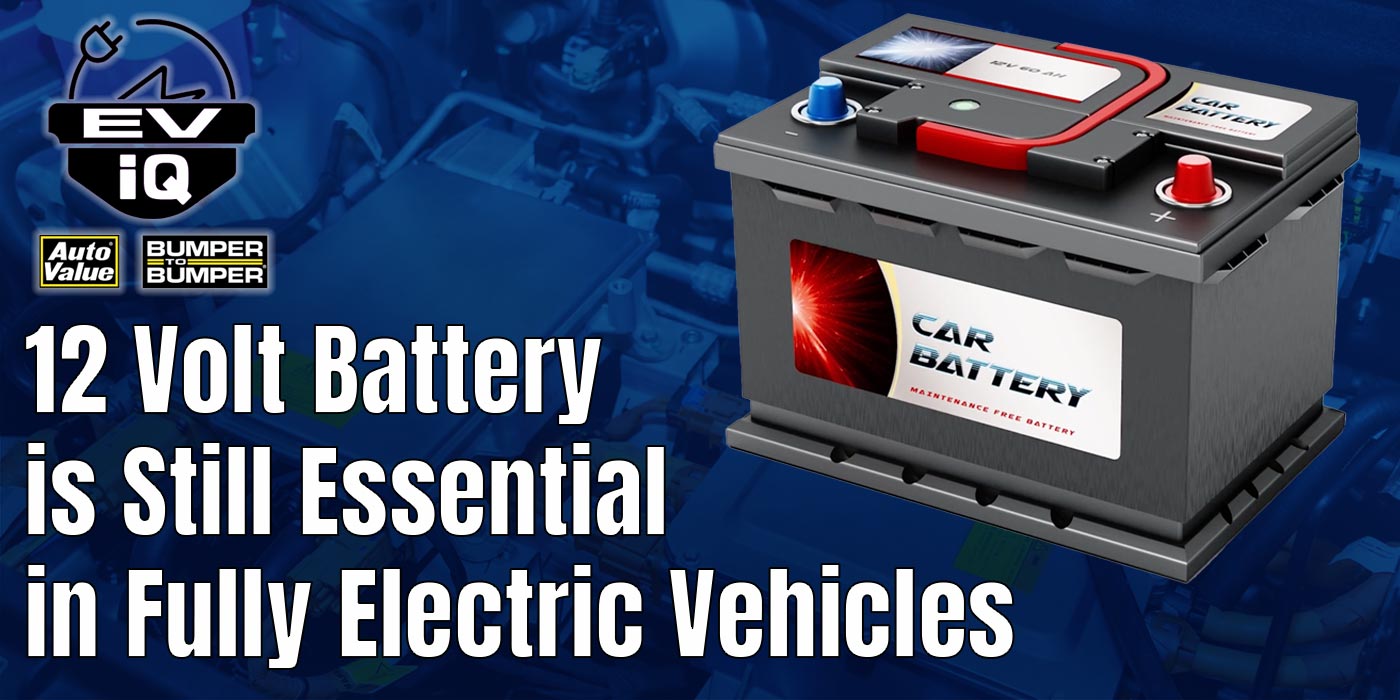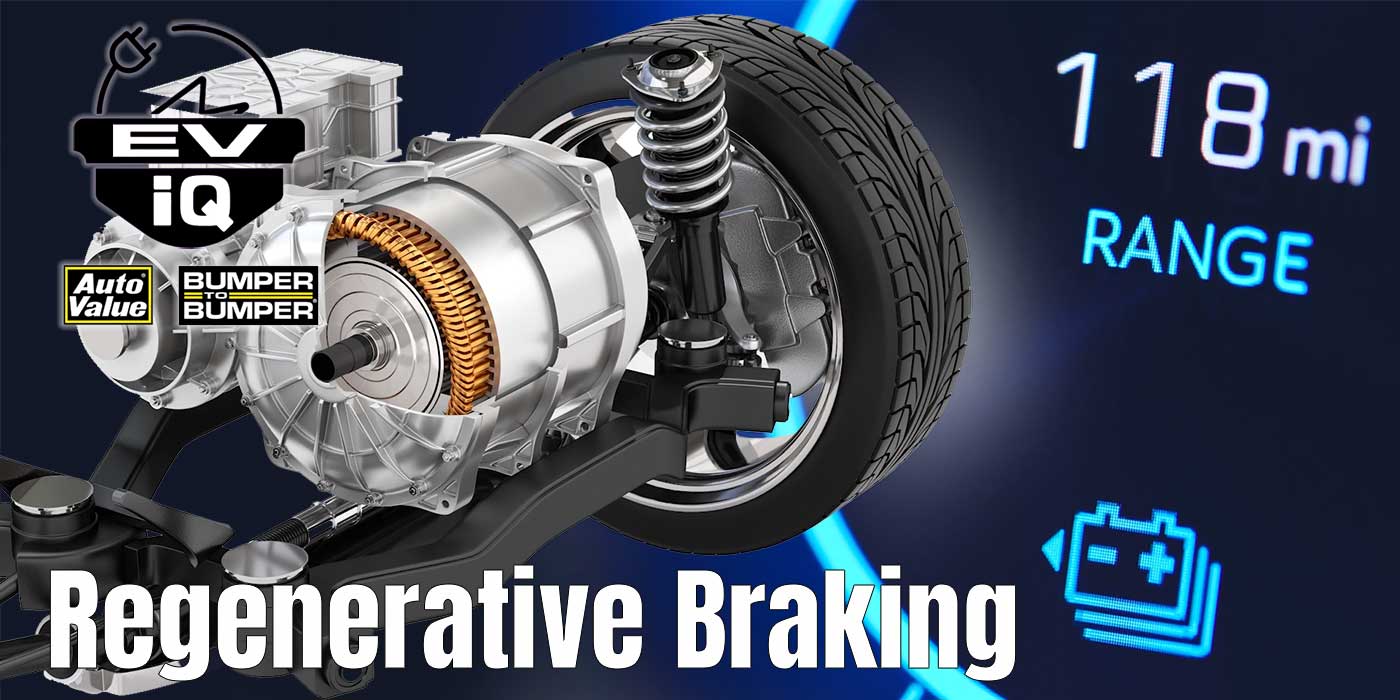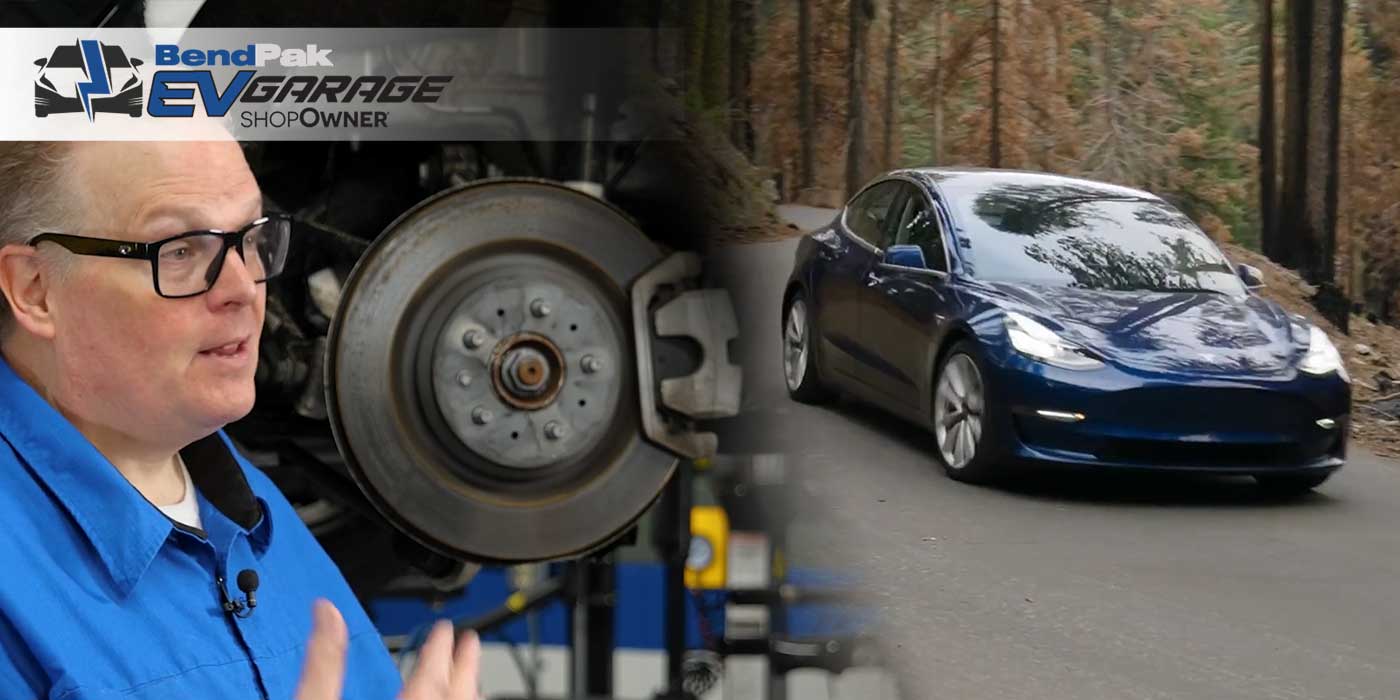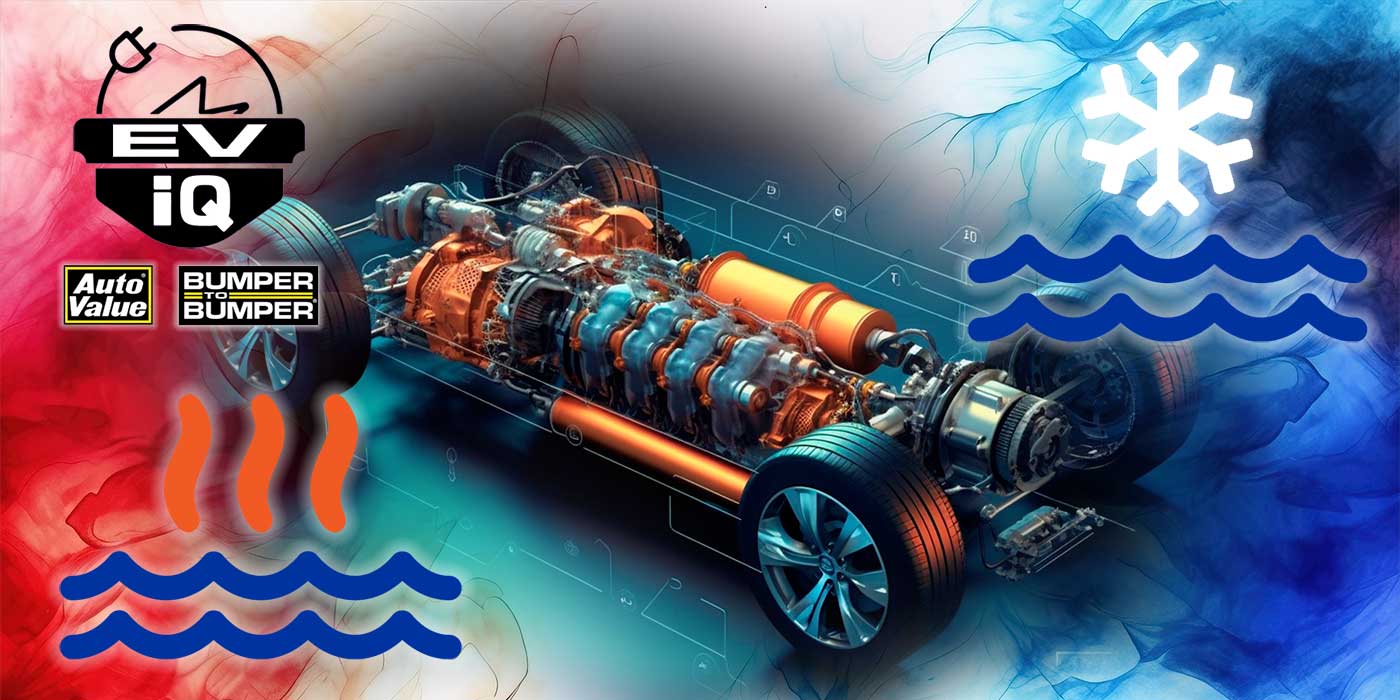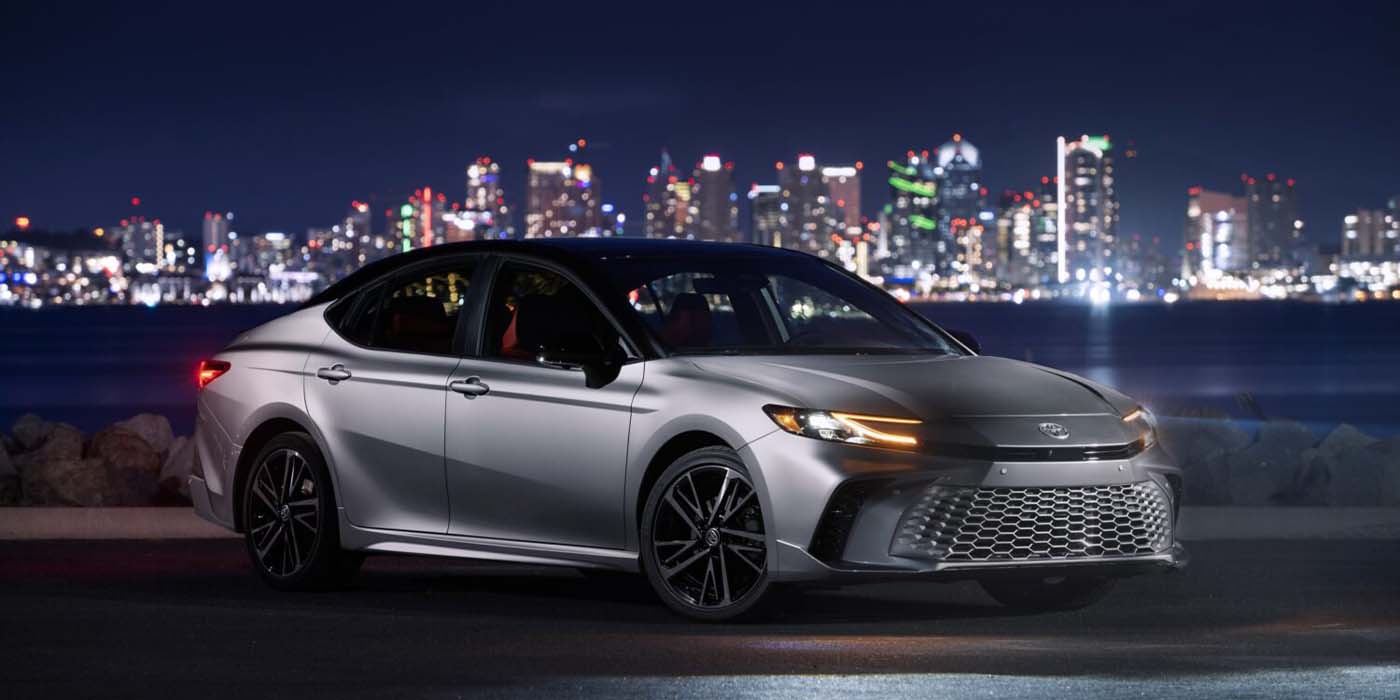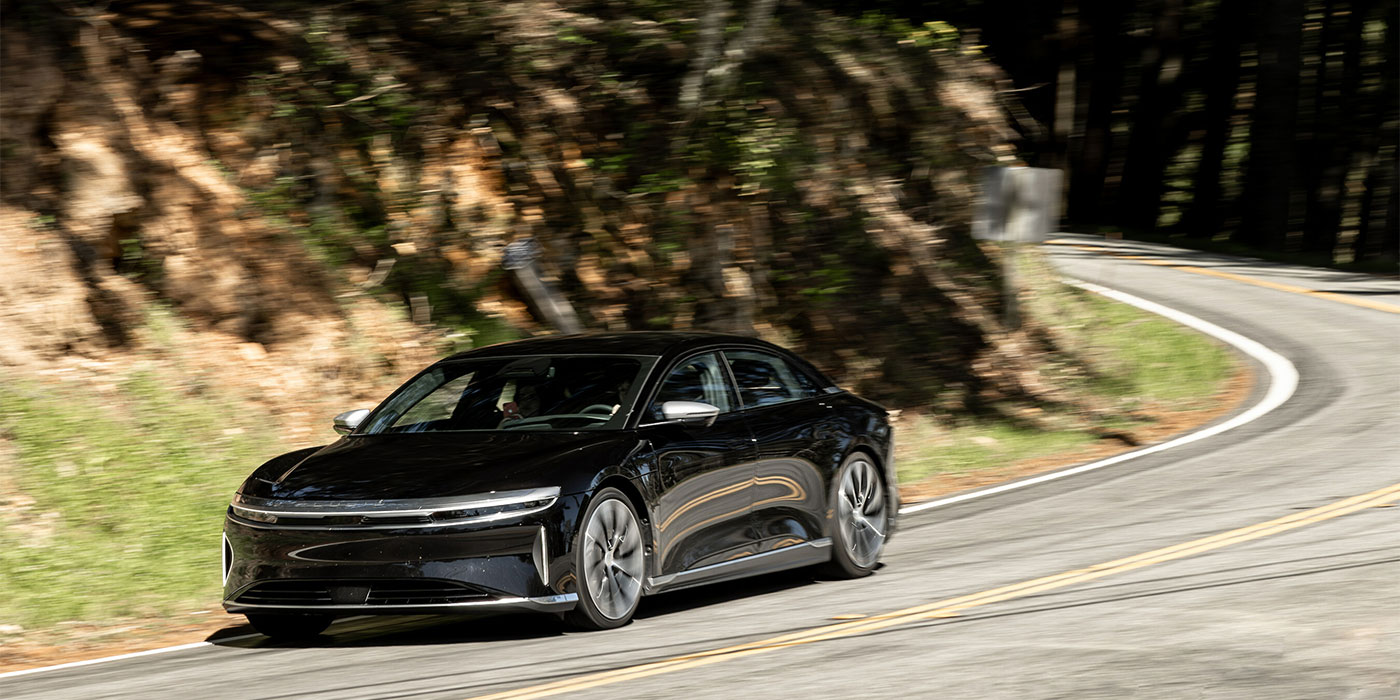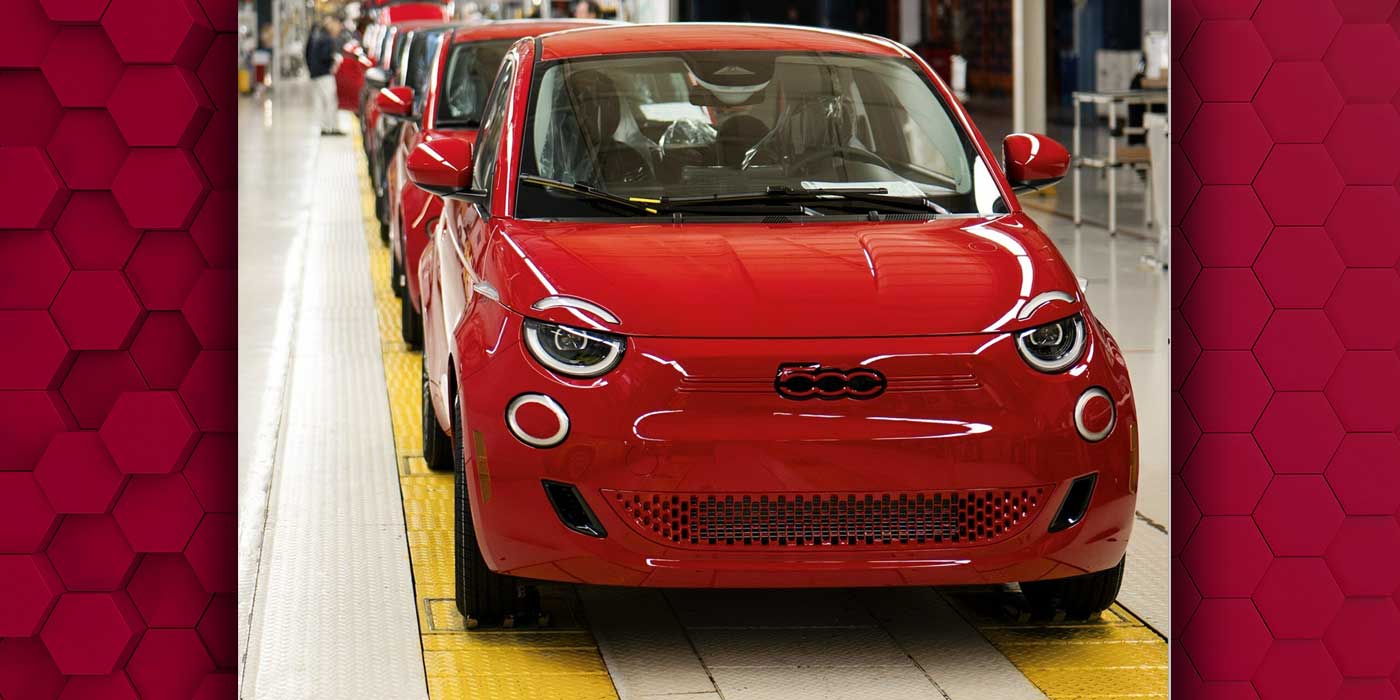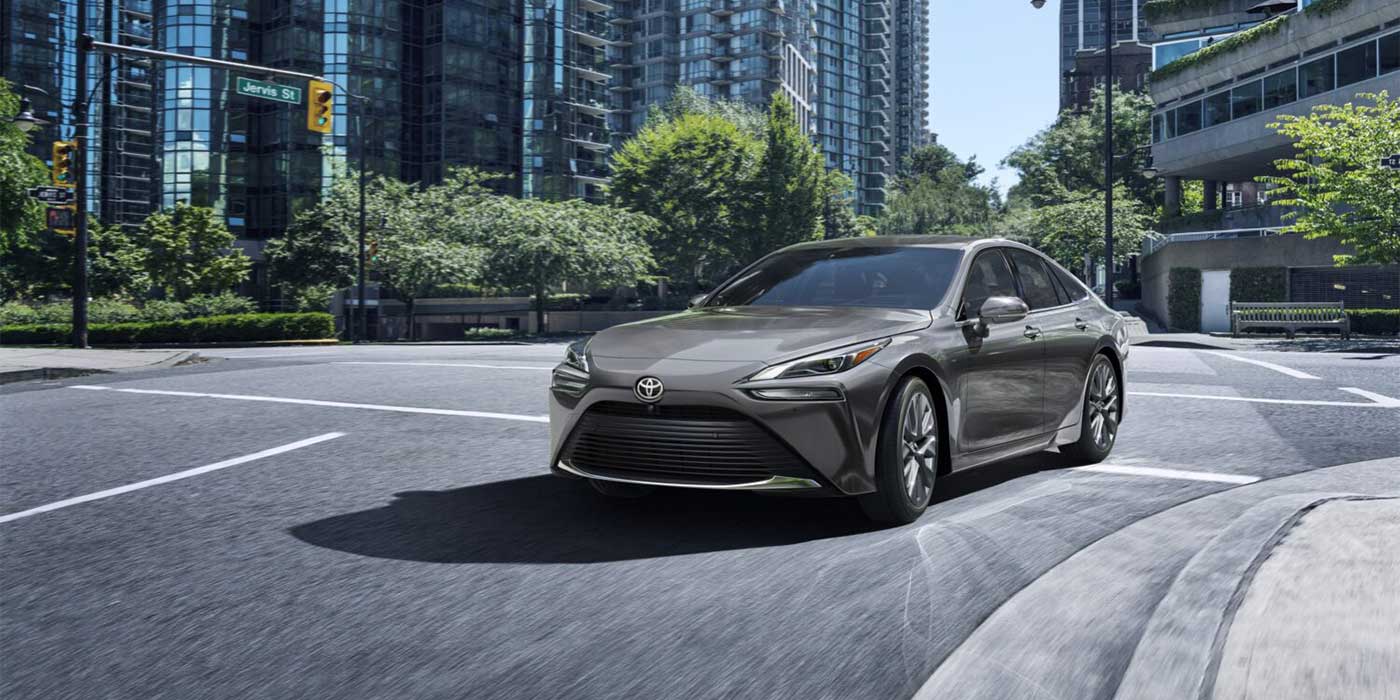At this year’s International Motor Show IAA Mobility 2021 held in Munich, Volkswagen presented us with a new compact crossover concept car: The ID. Life, expected to be released at a price tag of approximately 20,000 Euros, or about $23,671.
Why is this a big deal? Because it’s cheap – and small! Because of the way electrification technology stands today, EVs, in general, tend to be both big and expensive, because batteries are big and expensive – but this concept from Volkswagen is bucking the trend.
The ID. Life is based on a smaller variant of Volkswagen’s modular electric drive matrix known as “MEB”, which the company has developed specifically for the small car segment. This is also the first time a vehicle based on the MEB has front-wheel drive. With its 172 kW electric motor, Volkswagen says the ID. Life can accelerate from 0 to 100 KM/H, or approximately 62 mph, in 6.9 seconds, while its 57 kWh high-voltage battery enables a range of around 400 KM, or about 249 miles.
Another point of interest to note about the ID. Life is Volkswagen’s efforts to “up” its sustainability game in this car. This is evident in the company’s choice of materials and paint finishes. In the clear coat for the bodywork, wood chips are used as a natural coloring agent along with a bio-based hardener. The air chamber textile for the roof and front cover is made from 100% recycled PET bottles. And bio-oil, natural rubber and rice husks are some of the materials that serve as a basis for the tires on the ID. Life.
This concept car may be small, but it comes with a fair share of cool tech. Volkswagen says the vehicle will come with an undefined video game console and projector, as well as a projection screen that extends from the dash panel when required. Other devices can be connected as needed to the 230V, 16-amp power supply in the interior.
The front seat bench can also be completely folded down, as can the rear seat bench. Volkswagen points out that this enables a range of different possibilities, from cinema seating to a bed measuring around 6-and-a-half ft. in length, to a cargo version to maximize luggage volume.
In the ID. Life, cameras and a display replace both the exterior and interior mirrors. Essential driving functions are controlled via a touch panel on the hexagonal, open-topped steering wheel, and a smartphone can be integrated into the operating system; personal devices like smartphones or tablets can be used to operate the navigation system, for example. Music, films and games stored on the device can be used in the ID. Life, with visuals displayed on the projection screen.
This is a segment of the EV market that needs some love, and Volkswagen is providing an interesting take. By 2030, Volkswagen says it aims to increase its share of all-electric models in total vehicle sales in Europe to at least 70%, and in North America and China to at least 50%.

